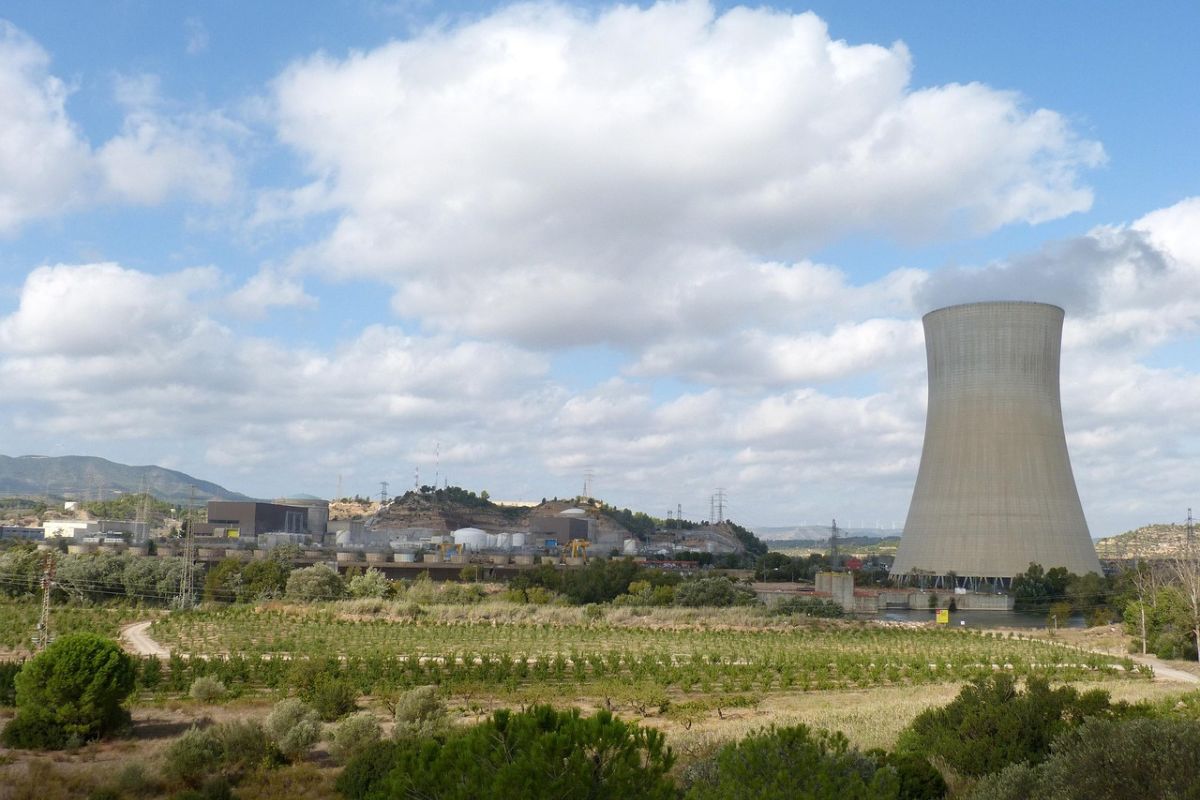Nuclear energy is once again drawing attention after years in the background, becoming a subject of debate regarding its long-term viability and whether its potential benefits—reliable and clean energy—outweigh its risks—safety and environmental impact. According to VanEck, three key forces are currently driving investment in the nuclear energy ecosystem.
1. Rising Electricity Demand
The International Energy Agency forecasts a global increase in electricity demand, driven by emerging economies such as China and India.
This trend is also supported by several macro developments, including:
Artificial Intelligence, whose data-intensive usage is rapidly increasing the need for data centers and their associated energy consumption.
Electric vehicles, ranging from cars to a wide variety of battery-powered machinery.
Cryptocurrencies, which also require significant amounts of energy.
Climate-related factors, such as intense heatwaves in multiple regions, have further contributed to heightened electricity demand.
2. A Clean and Reliable Energy Source
Global efforts to reduce greenhouse gas emissions through the expansion of renewable energy capacity have been delayed, according to various studies. As a result, existing nuclear facilities and new projects have become vital components in the global energy transition.
Nuclear energy has significantly lower emissions compared to certain renewable sources and is not subject to generation timing constraints. Unlike wind and solar power—limited by calm winds and dark skies—nuclear power provides consistent and reliable energy.
Additionally, nuclear energy requires a fraction of the land area used by solar and wind installations, making it a compact and efficient source. For example, an average 1,000-megawatt nuclear plant in the U.S. requires around 1.3 square miles of land, compared to 31 times more for solar and 173 times more for wind energy.
3. Growing Regulatory Support
Another major driver is renewed governmental support. After the Fukushima nuclear accident in 2011, many countries deprioritized nuclear energy in favor of alternatives. However, in recent years, many have reversed this stance.
Nations such as the United States, Japan, China, Switzerland, India, and Norway are now demonstrating regulatory support for nuclear power.
ETFs Aligned with This Megatrend
Investors can gain exposure to this long-term trend through exchange-traded funds (ETFs):
VanEck Uranium and Nuclear Technologies UCITS ETF
This fund provides comprehensive exposure to the nuclear energy ecosystem. In addition to uranium mining companies, it includes nuclear energy producers, engineering and construction firms, and suppliers of equipment, technology, and services for the nuclear sector. It has seen a 12-month return of approximately 50%.Global X Uranium UCITS ETF
Offers access to companies involved in uranium mining and nuclear component production, including firms engaged in exploration, refining, or manufacturing equipment for uranium and nuclear energy industries.WisdomTree Uranium and Nuclear Energy UCITS ETF
Seeks to replicate the performance of the WisdomTree Uranium and Nuclear Energy Index, which is designed to reflect the performance of companies operating in the uranium and nuclear energy sector.
These ETFs allow investors to participate in a sector that is regaining relevance amid energy transition challenges, technological advances, and growing global power demand.




